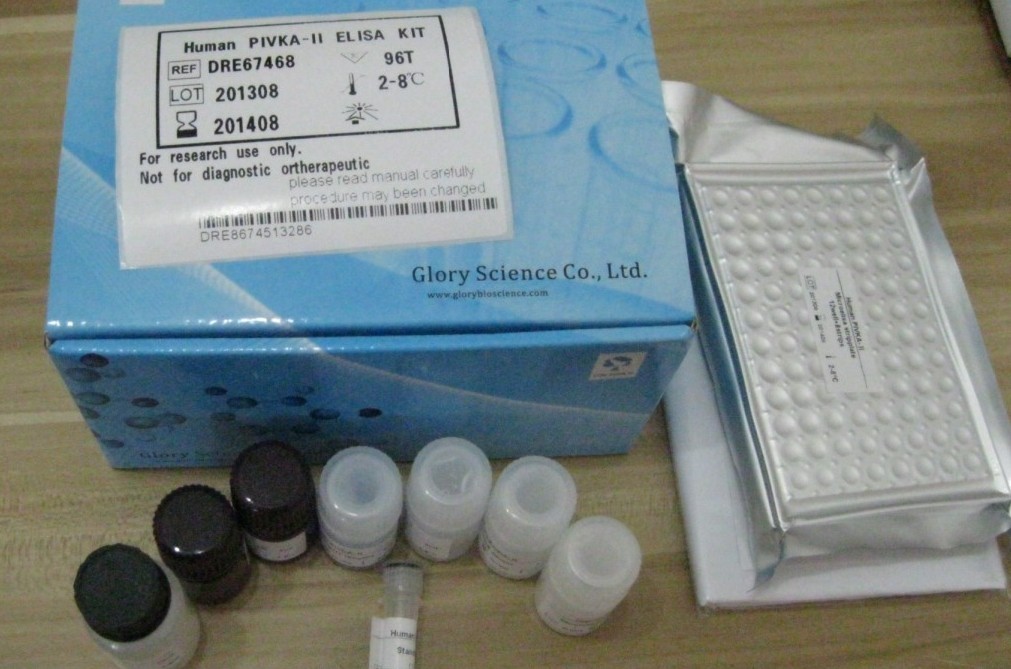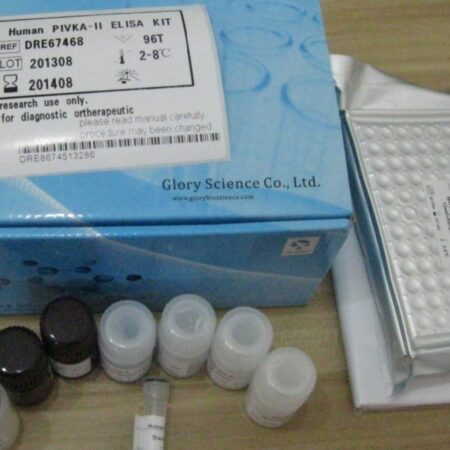Description
SKU B0749
![]()
| Species Reactivity | Human | ||
| Specificity | This assay has high sensitivity and excellent specificity for detection of human MRPL43. No significant cross-reactivity or interference between human MRPL43 and analogues was observed. | ||
| Samples | For the quantitative determination of human 39S ribosomal protein L43, mitochondrial (MRPL43) concentrations in serum, plasma, tissue homogenates, cell lysates. | ||
| Detection Range | 25 pg/ml-1600 pg/ml. | ||
| Sensitivity | The minimum detectable dose of human MRPL43 is typically less than 6.25pg/ml. The sensitivity of this assay, or Lower Limit of Detection (LLD) was defined as the lowest protein concentration that could be differentiated from zero. It was determined the mean O.D value of 20 replicates of the zero standard added by their three standard deviations. | ||
| Intra-assay Precision | Intra-assay Precision (Precision within an assay): CV%<8%. Three samples of known concentration were tested twenty times on one plate to assess. | ||
| Inter-assay Precision | Inter-assay Precision (Precision between assays): CV%<10%. Three samples of known concentration were tested in twenty assays to assess. | ||
| Preparation and Storage | Unopened test kits should be stored at 2 to 8 degree C upon receipt. Please refer to pdf manual for further storage instructions. | ||
| Sample Collection | Please refer to the manual for the last samples information. Serum: Use a serum separator tube (SST) and allow samples to clot for two hours at room temperature or overnight at 4 degree C before centrifugation for 15 minutes at 1000 x g. Remove serum and assay immediately or aliquot and store samples at -20 degree C or -80 degree C. Avoid repeated freeze-thaw cycles. Plasma: Collect plasma using EDTA, or heparin as an anticoagulant. Centrifuge for 15 minutes at 1000 x g at 2-8 degree C within 30 minutes of collection. Assay immediately or aliquot and store samples at -20 degree C or -80 degree C. Avoid repeated freeze-thaw cycles. |
||
| Technical Tips | 1. Storage: Please store unopened kit at 2 to 8 degree C and use the kit before the expiration date. For opened kit, which is vulnerable to germ and contamination, please use it as soon as possible. NEVER store the ELISA plate at -20 degree C and the substrate solution should be kept away from light both during storage and usage. 2. Reagents preparation: Please prepare reagents 10 minutes before usage. Centrifugation is required for all reagent components when using for the first time so as to concentrate them to the bottom of the tube. Please use precise measuring tools (pipette, graduated cylinder etc…) for reagent preparation due the actual quantity provided for each reagent (eg: biotin-antibody, HRP avidin, Sample Diluent) is more than what the label indicates. NEVER take the labeled quantity for granted and add solution directly into the vials for reagent preparation. All experimental equipments should be clean and please refer to the insert for details of reagent preparation. 3. ELISA plate: It’s OK that the aluminum foil bags is leaking since it won’t affect the quality of the plate. The strips are removable and it’s recommended to separate those wells needed for assay and store the rest at 2-8 degree C in the dark without germ contamination. NEVER expose the whole plate when only some of them are needed. 4. Samples or reagents adding: The whole time for sample adding should be controlled in 3 minutes and added volume for each well should be the same to have reaction consistency. 5. Incubation: To avoid sample evaporation and contamination, proper adhesion of plate sealers during incubation steps is necessary. Be careful and do not spill the liquid when moving the plate. Since temperature stability is very important, please carefully monitor incubating temperature and keep it at 37 degree C. Avoid opening the door of the incubator multiple times during incubation. 6. Washing: Please ensure the same sample dilution volume per well and you should use multichannel pipette. If you use the ELISA Washer, please make sure it’s clean and without contamination. Don’t rinse but gently wash. Throw plates vertically and wash it thoroughly to reduce the edge effect. For detailed procedure, please refer to the manual insert. 7. Reading: Please read the plate in 5 minutes after adding the stop solution to avoid generation of brown precipitate that may affect the result. Make sure that the microplate reader is set correctly and the filter is precisely calibrated. 8. Do not make mix use of reagents within different lot #. Also, cross-use of caps matched to different reagents is not recommended. NEVER replace components of our kit with others. |
||
| Other Notes for MRPL43 elisa kit | Small volumes of MRPL43 elisa kit may occasionally become entrapped in the seal of the product vial during shipment and storage. If necessary, briefly centrifuge the vial on a tabletop centrifuge to dislodge any liquid in the container`s cap. Certain products may require to ship with dry ice. | ||
Reactivities Cow (Bovine) , Mouse


Reviews
There are no reviews yet.